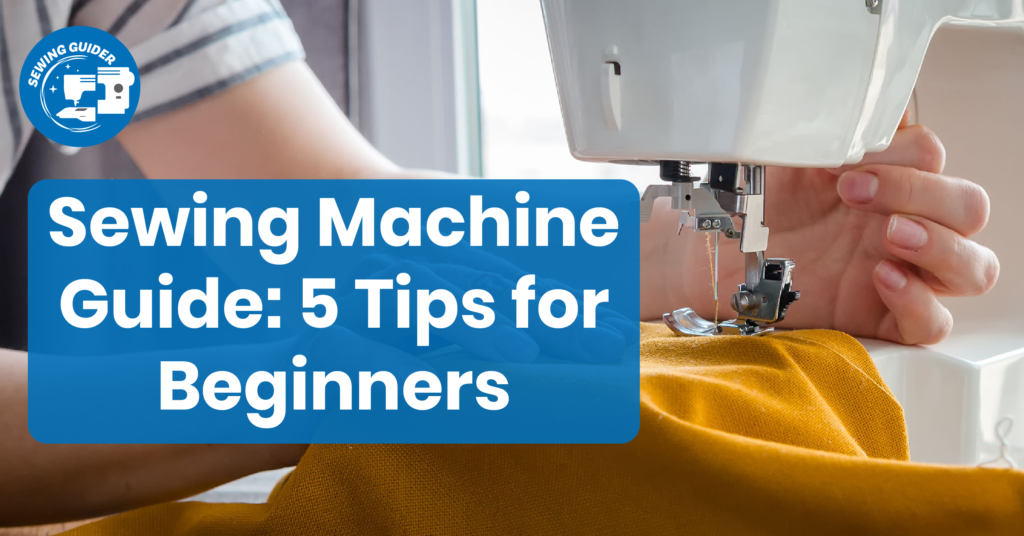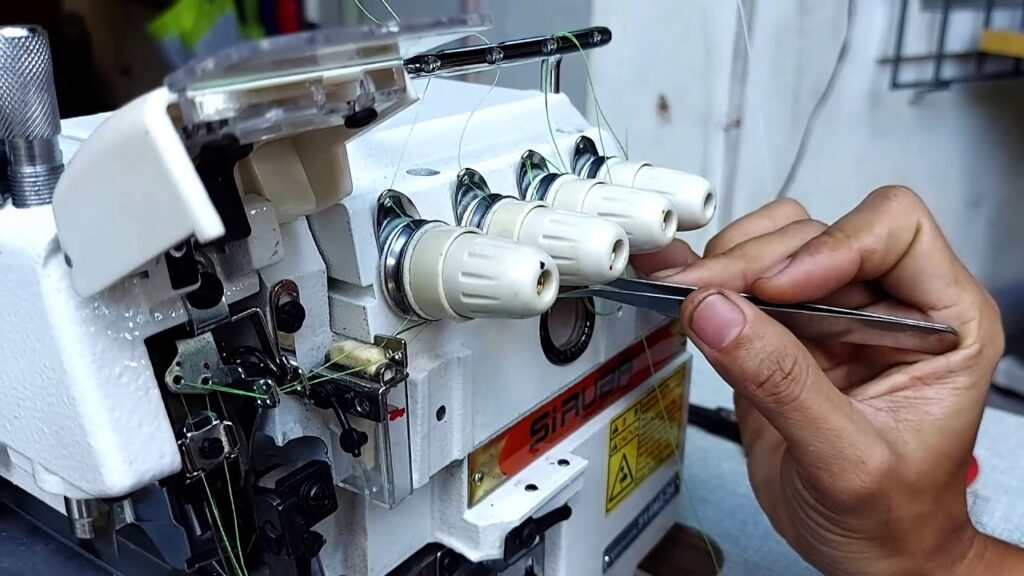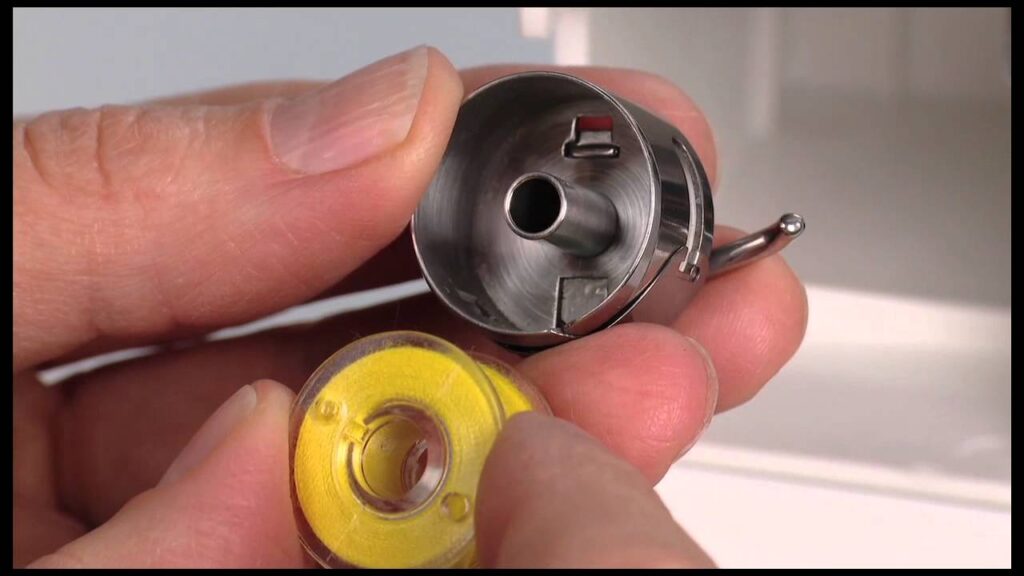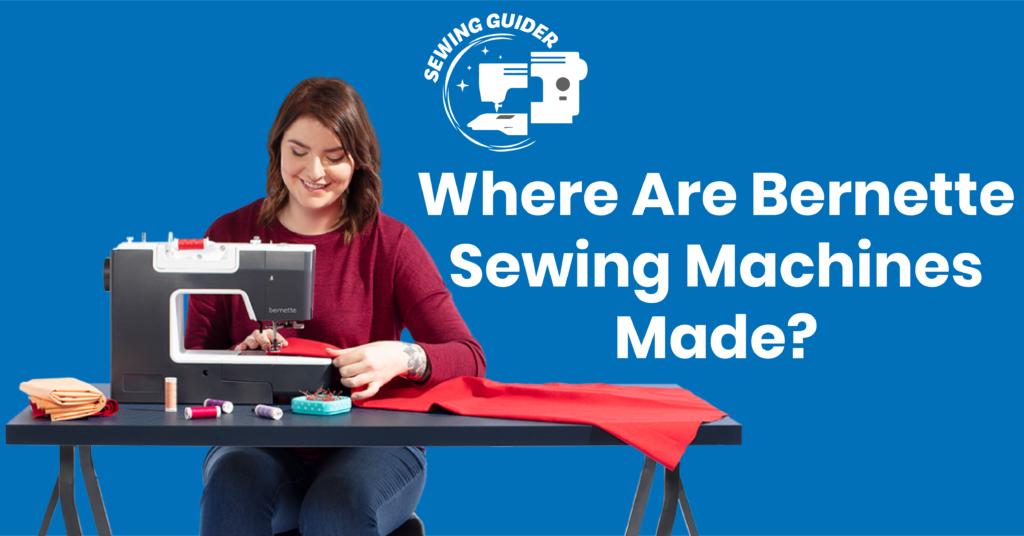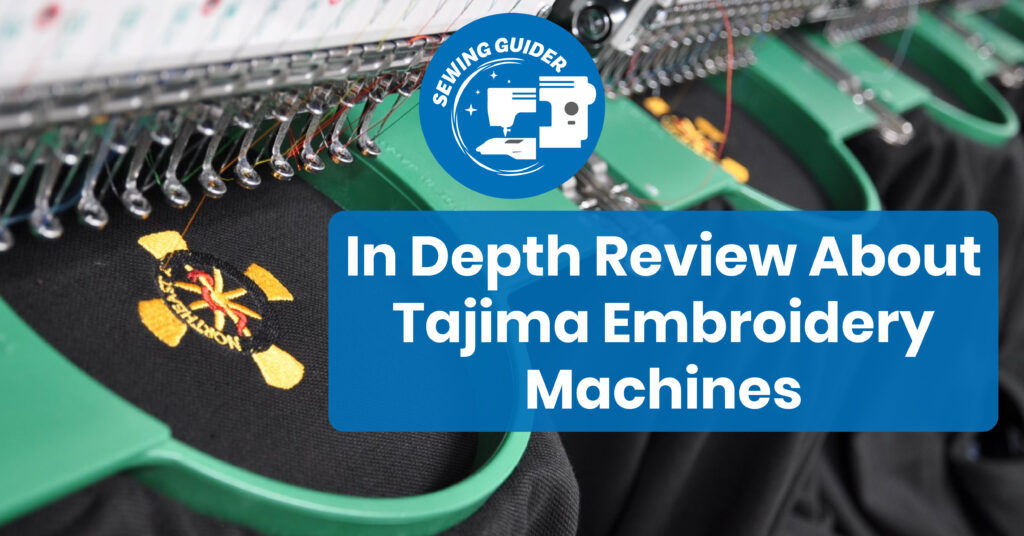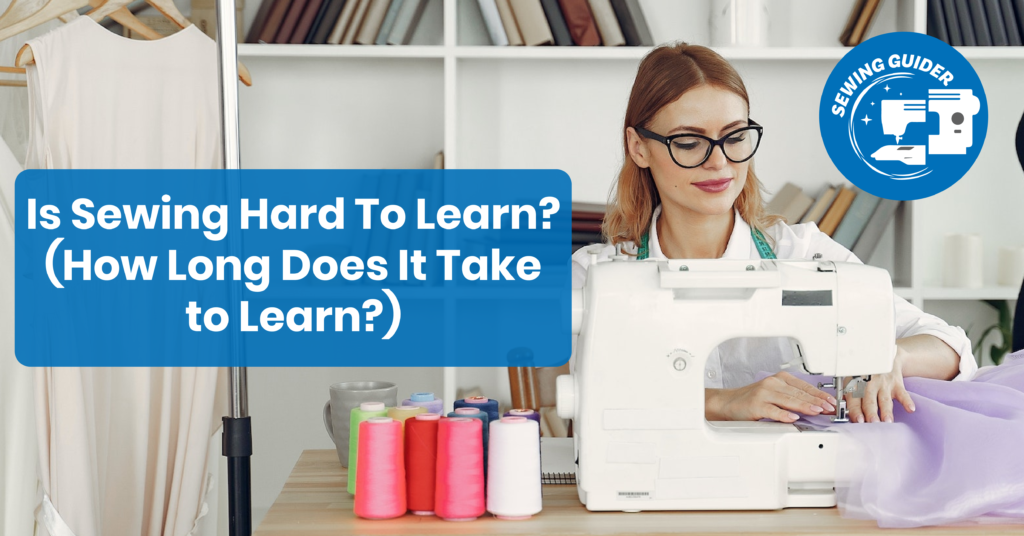Sewing machines are versatile tools that empower us to bring our creative visions to life. Whether you’re a novice or looking to refresh your sewing skills, learning how to use a sewing machine is a valuable skill that can open doors to a world of endless possibilities. In this beginner’s guide, we’ll walk you through the essential steps and provide practical tips to help you confidently operate a sewing machine.
Understanding Your Sewing Machine
Becoming familiar with your sewing machine’s many components and features is necessary before beginning the stitching. Read the manufacturer’s user manual and examine the buttons, dials, and attachments. You can use the machine effectively if you understand its characteristics strongly.
Machine Threading
Although threading a sewing machine may initially seem complicated, repetition becomes second nature. Raising the presser foot first, making sure the needle is in the highest position, is the first step. Carefully thread the upper thread through the tension discs, take-up lever, and needle by following the threading guidance marked on the machine. The presser foot should be lowered after pulling the thread through the needle’s eye.
Bobbin Winding and Insertion
Correct bobbin winding and insertion are essential for producing a balanced stitch. The thread spool should be positioned on the corresponding pin, threaded through the bobbin winding device, and then the bobbin winder should be engaged. When the bobbin is complete, remove it and put it back in, making the thread unwind in the right direction. Close the bobbin case after threading the bobbin thread through the proper guides.
Always do the following before beginning to sew:
Verify your equipment
Proper equipment is crucial for producing high-quality sewing outcomes. Make sure you have all the necessary tools on hand before you begin. It includes fabric-specific sewing machine needles, a bobbin with the right thread, fabric shears, pins, measuring tapes, and other instruments required for your project. You’ll spend less time and energy stitching if everything is prepared and accessible.
Watch the instructional DVD or YouTube tutorials at all times
Utilizing the educational materials at your disposal is essential. A sewing machine’s proper use is demonstrated visually in instructional DVDs and YouTube videos. You can pick up helpful tricks and strategies by watching these films that might need to be addressed in the user manual. Before beginning a project, they provide a practical approach to increase your knowledge of sewing machine operation and boost your confidence.
Practice before beginning a new garment
As with anything, practice makes perfect, and sewing is no exception. Spend time practicing your sewing skills on the leftover cloth before starting a new item. This lets you test various stitches, acquaint yourself with the machine’s settings, and improve your craft. By practicing in advance, you may work out any kinks or difficulties you might run into, resulting in a more straightforward sewing process when you work on your actual garment.
Selecting the Proper Needle and Thread
Choosing the proper needle and thread is essential for obtaining the best results. Depending on the cloth you’re working with, there are differences in needle size and kind. Use a smaller needle size for light materials and a bigger one for heavy fabrics. Likewise, pick a thread that goes well with your cloth and thread the machine appropriately. Before beginning your craft, always test your chosen needle and thread on a scrap of fabric.
Using the proper stitching techniques
Guide the fabric through the machine at a consistent speed to guarantee even and smooth sewing. Use the presser foot on the machine to steer the material while keeping your hands away from the needle region. Simple straight stitches are an excellent place to start; as you develop confidence, move on to more complex ones. Before beginning your current project, remember to practice on scrap fabric.
Learn to use the needle threader or stop counting on it:
For people with visual problems or trouble managing tiny threads, a needle threader is a valuable accessory that makes threading the sewing machine needle easier. The title implies that learning how to use the needle threader is advantageous. It also emphasizes that one shouldn’t rely entirely on it, as not all sewing machines may be equipped with needle threaders or compatible. Your independence and flexibility will increase if you can thread a needle by hand if the needle threader is broken or unavailable.
Troubleshooting Common Problems:
Even seasoned sewers occasionally need help with their sewing machines. Take time with skipped stitches, tangled threads, or inconsistent tension. Rethreading the machine, switching the needle, or adjusting the tension can fix problems. To reduce such problems, keep your machine clean and well-maintained. For troubleshooting advice, refer to your user handbook.
Conclusion
Learning how to use a sewing machine well takes time and practice, but the result is well worth the effort. You’ll be able to make stunning clothing, home decor, and accessories if you keep at it and practice patience. Always keep an open mind, observe safety precautions, and remember the machine’s potential. So, let your imagination go wild, learn to love sewing again, and make your sewing machine your constant companion. Sewing success to you!
Frequently Asked Questions
Do I Need Any Prior Experience to Learn How to Use a Sewing Machine?
Prior experience is optional to learn how to use a sewing machine. Sewing machines are designed with beginners in mind, and many models offer user-friendly features and straightforward controls. With patience, practice, and following the instructional guide, you can quickly grasp the basics and start sewing with confidence.
What Type of Fabric Can I Sew Using a Sewing Machine?
Sewing machines can handle cotton, linen, polyester, silk, denim, and more. The fabric’s thickness and texture should determine your machine’s settings and needle type. Thicker textiles demand larger needles, while delicate fabrics need smaller ones. Before starting, try your fabric and needle on a scrap piece.
How Do I Troubleshoot Common Sewing Machine Issues?
Sewing machine concerns include tangled threads, skipped stitches, and uneven tension. Rethread the machine, ensuring the thread goes through all guides and the needle eye if you have similar issues. Check and adjust pressure. A dull or crooked needle might cause stitching issues, so change it. For specific troubleshooting, consult your sewing machine’s user handbook.
Is It Necessary to Oil My Sewing Machine?
Many current sewing machines are self-lubricating. However, older mechanical machinery may need occasional oiling to run well. Use your machine’s handbook to determine if and how to oil. For sewing machine maintenance advice, consult a professional or manufacturer.
Can I Sew Different Types of Stitches With a Sewing Machine?
Sewing machines have more than the straight stitch. Many models include zigzag, buttonhole, ornamental, and stretch stitches. These stitches can be lengthened and widened for your purpose. Consult your sewing machine’s manual to learn how to choose and modify stitches.
How Long Does It Take to Become Proficient at Using a Sewing Machine?
People learn to sew at different speeds. Your dedication, practice frequency, and project difficulty determine it. With effort and a willingness to learn, you may master essential sewing machine operations in weeks or months. Getting sophisticated techniques and complicated projects may take time and experience. Sewing improves over time.

